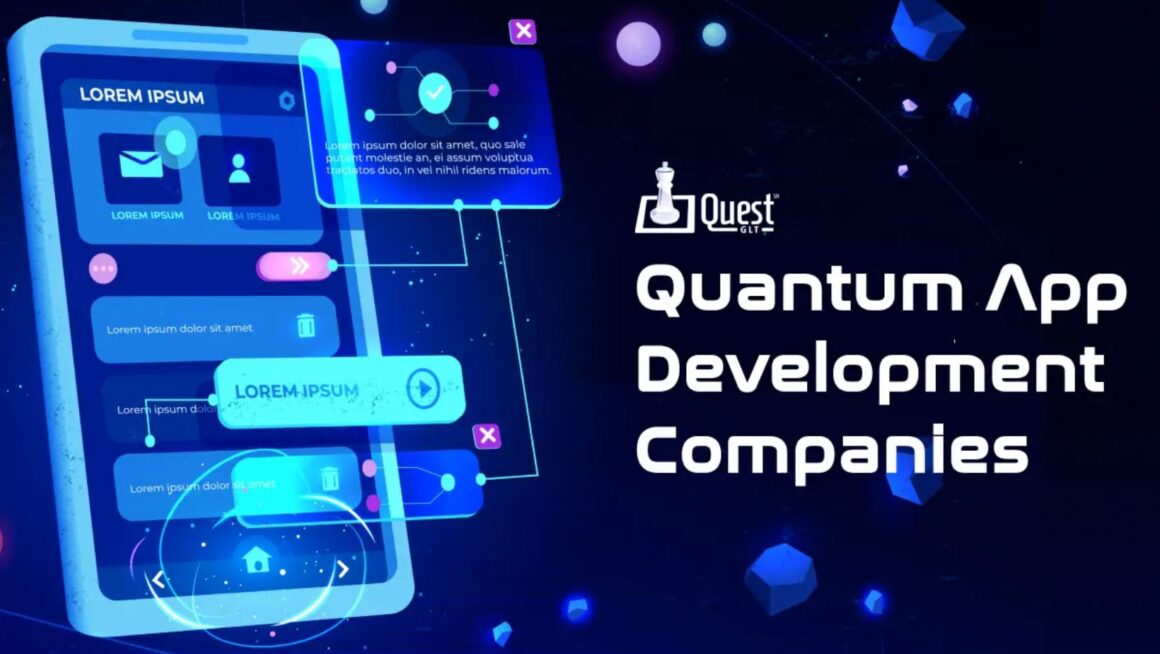Revolutionizing Mobile Apps: Cross Platform App Development Services
Cross Platform App Development Services
Cross Platform App Development Services offer a cost-effective solution for businesses seeking to reach a broad audience without the need for separate development for each operating system. By utilizing a single codebase, developers can create applications that run seamlessly on various platforms.
These services leverage frameworks such as React Native, Xamarin, and Flutter to build apps that function consistently across iOS and Android devices. Businesses can save time and resources by avoiding the necessity of developing and maintaining separate codebases for different platforms.
Furthermore, Cross Platform App Development Services provide a streamlined app development process, enabling businesses to release updates and new features simultaneously across all platforms. This approach not only enhances efficiency but also ensures a consistent user experience regardless of the device used.

Popular Tools and Frameworks for Cross Platform App Development
Enumerating the aforementioned aspects, it’s crucial for developers to leverage popular tools and frameworks for cross-platform app development to ensure efficient and effective app creation. Here are some widely used tools and frameworks in the industry:
- React Native:
React Native is a prominent open-source framework maintained by Facebook. It allows developers to build cross-platform applications using JavaScript and React. With React Native, developers can create high-performance apps with a native look and feel for both iOS and Android platforms, reducing development time and cost. - Xamarin:
Xamarin, acquired by Microsoft, is another powerful tool for cross-platform app development. It enables developers to use C# for building apps across different platforms. Xamarin offers a single codebase for iOS, Android, and Windows apps, providing native performance and access to platform-specific APIs. - Flutter:
Flutter, developed by Google, is a popular framework for building natively compiled applications for mobile, web, and desktop from a single codebase. Using Dart as its programming language, Flutter offers hot reload functionality, enabling real-time updates and faster development cycles. It provides a rich set of customizable widgets for creating beautiful and responsive apps on multiple platforms. - PhoneGap:
PhoneGap, now known as Apache Cordova, is a cross-platform mobile development framework that uses web technologies like HTML, CSS, and JavaScript. It allows developers to build apps for various platforms, including iOS, Android, and Windows, using a single codebase. PhoneGap provides access to device features through plugins, making it suitable for creating simple applications swiftly. - Ionic:
Ionic is a popular cross-platform framework based on web technologies like HTML, CSS, and JavaScript. It enables developers to build high-quality mobile applications using a single codebase. Ionic offers a library of components, themes, and tools for developing interactive and feature-rich apps that run smoothly on different platforms.

Case Studies of Successful Cross Platform App Development Projects
Exploring case studies of successful cross-platform app development projects can provide valuable insights into the real-world applications and benefits of utilizing platforms like React Native, Xamarin, and Flutter.
- Fast-Food Chain App: A well-known fast-food chain opted for a cross-platform approach using Flutter to develop its customer-facing mobile app. By leveraging Flutter’s single codebase capability, the company achieved substantial cost savings while ensuring a consistent user experience across both Android and iOS devices.
- E-commerce Platform: An e-commerce giant embraced React Native for its mobile app development needs. With React Native, the company could rapidly deploy new features and updates to its app, catering to both major mobile operating systems. The cross-platform nature of React Native enabled seamless integration with existing web services, resulting in a seamless shopping experience for customers.
- Healthcare Solution Provider: A healthcare technology firm selected Xamarin to build a healthcare monitoring app. By utilizing Xamarin’s shared codebase, the company efficiently developed and maintained the app for multiple platforms, including Android and iOS. The app’s robust security features and real-time data synchronization capabilities ensured the confidentiality and accuracy of patient information.
By enabling the creation of apps with a single codebase, these tools streamline the development process and enhance user experiences. Factors such as compatibility, performance, cost, support, security, customization, and scalability are crucial considerations when selecting a cross-platform service. Case studies further highlight the benefits of using platforms like React Native, Xamarin, and Flutter, showcasing successful projects across various industries. Leveraging cross-platform development tools not only offers cost savings and consistent user experiences but also drives customer engagement, efficiency, and competitive advantage in the ever-evolving mobile app landscape.


